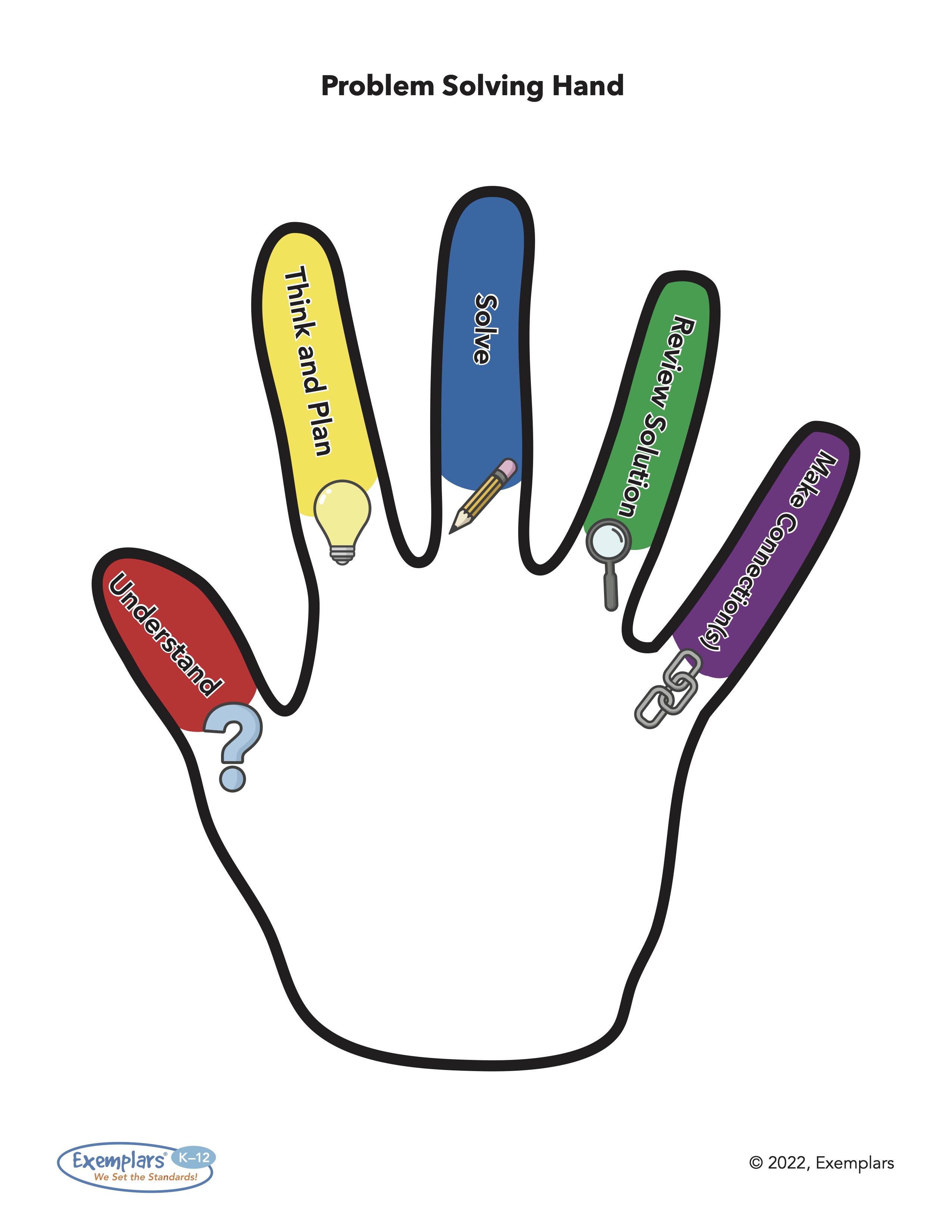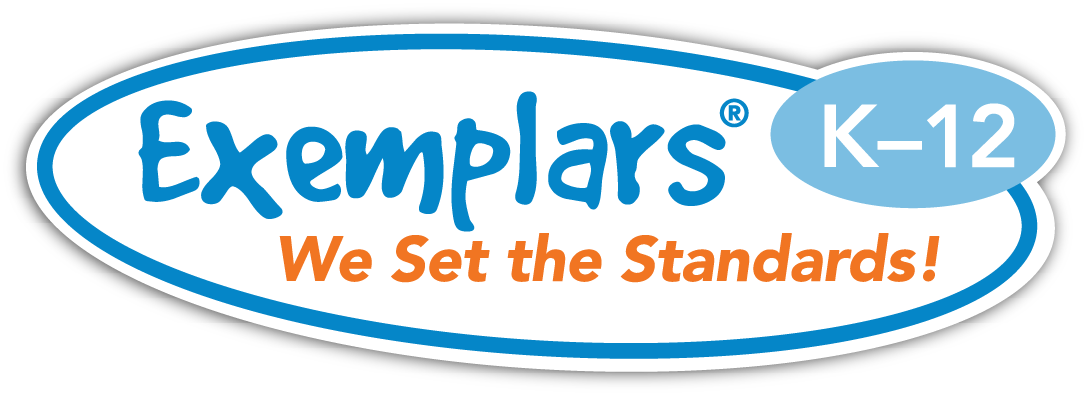Promote Critical Thinking Through Thoughtful Math Conversations
Written By Brunilda Del Rosario, 3rd Grade Teacher, NYC

When you walk into my classroom during math, you will see students changing each other's thinking through meaningful math conversation. At times, the partnership will turn into triads when students find it beneficial to have an extra person provide their input into their partnership conversation.
As an educator, I believe children learn best when they take ownership of their learning. And how do I know my students are taking ownership of their learning? My students take ownership of their learning by having thoughtful and meaningful conversations with their peers. They discuss their thinking behind selecting specific strategies to solve problems. In addition, they explain why one strategy makes sense in one case but needs to make more sense in the other. More importantly, students provide each other feedback to help clarify misconceptions.
Exemplars Promotes Critical Thinking
Let me introduce Bolden. He is a third-grader who loves reading and completing math problems. At the beginning of the school year, he was fixated on solving all math problems by skip counting on a number line. Unfortunately, he didn't understand how to do this correctly. For the most part, he would miscount. When working with Bolden, I couldn't wait to introduce Exemplars performance tasks to him. Specifically, I couldn't wait to teach him how to use the Exemplars Problem-Solving Hand because I knew this tool was going to help him become a critical thinker and mathematician.

First of all, students need to understand the Problem. Understanding the problem means they must Understand what the problem is asking them to discover. I taught my students how to use the three-read protocol. In the first read, we read the problem to get the gist of what the problem is about. In the second read, we read the problem, the annotated helpful information such as numbers and mathematical concepts, and circled the question. During the third read, I taught my students to write down what they knew about the problem. Understanding the problem has helped Bolden comprehend that there is more than one strategy to solve it.
After students Understand the problem, they need to Think and Plan. When we first started using Exemplars problems, this was done as a class activity to share our thinking. Now, in partnerships, students develop various strategies and methods that will help them solve problems. This process is critical because students have to be strategic about selecting strategies that will work. Students then write an “I have to” statement that helps them restate the question they need to find the answer to in their own words.
"Exemplars problems create opportunities for students to be critical thinkers while solving authentic, real-world problems, preparing them for 21st-century career readiness."
The Solve finger, the third step on the Problem-Solving Hand, focuses on solving the problem. I love this step because it allows students to enhance their problem-solving abilities. During this process, I hear my students thinking aloud about using various mathematical skills and strategies to solve problems. In this phase, the partnership is vital because this is when students clarify and correct each other's misconceptions. At times, a third student is brought into the conversation to provide their input, and just like that, a triad is formed. Most of the time, this is when students at the same time go over each other's work and review their solutions; in many cases, they double-check their work, at times using the inverse operation.
The last finger, but not the least essential finger, is to make a Connection. I enjoy seeing students put into action this part of problem-solving because it allows students to connect to previous math strategies taught in the class. However, it also allowed me to see other concepts students knew I still needed to teach in class, which is where a lot of the discussions also happen since students unfamiliar with those concepts tended to think the familiar students need to be corrected.
Bolden is a successful mathematical thinker who loves solving problems in multiple ways and showing many connections. Using the hand and the Exemplars student-friendly rubric has built Bolden's ability to solve problems and challenged him to want to become an Expert mathematician. Bolden is only one of many successful students I have experienced using Exemplar performance tasks through the years.
Why are Exemplars Problems Useful?
Exemplars problems create opportunities for students to be critical thinkers while solving authentic, real-world problems, preparing them for 21st-century career readiness.
About the author:
Brunilda is a 15th-year early elementary teacher. She graduated from the University of City College of New York and has taught Kindergarten through 3rd grade. She began using Exemplars in 2014. In 2023, she transferred to a new school unfamiliar with Exemplars. As a result, she applied to become an Ambassador at her new school. She has loved having the chance to serve as an Ambassador this year and share her love of Exemplars with her new school.

